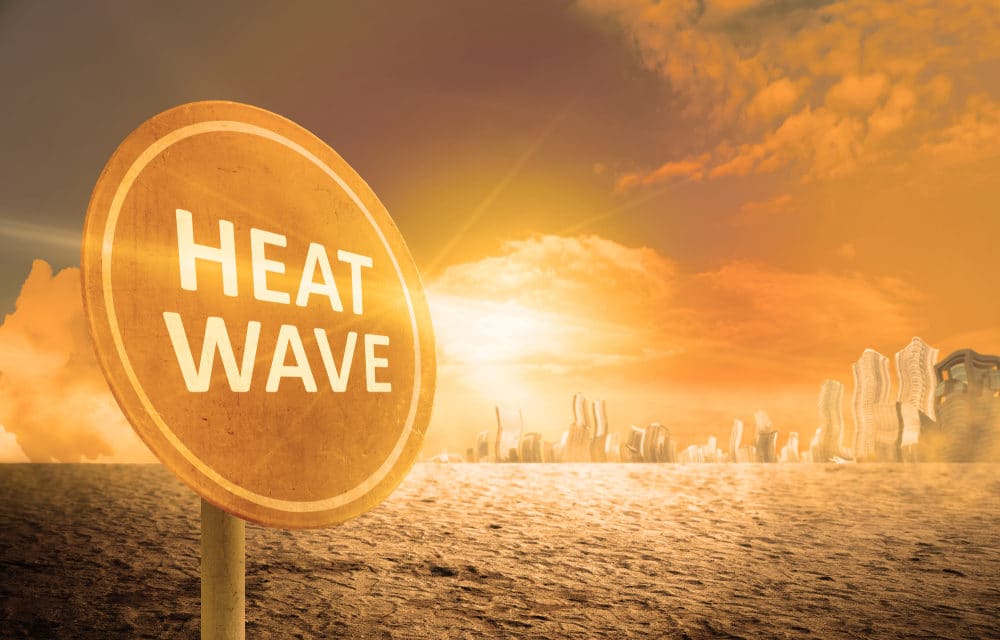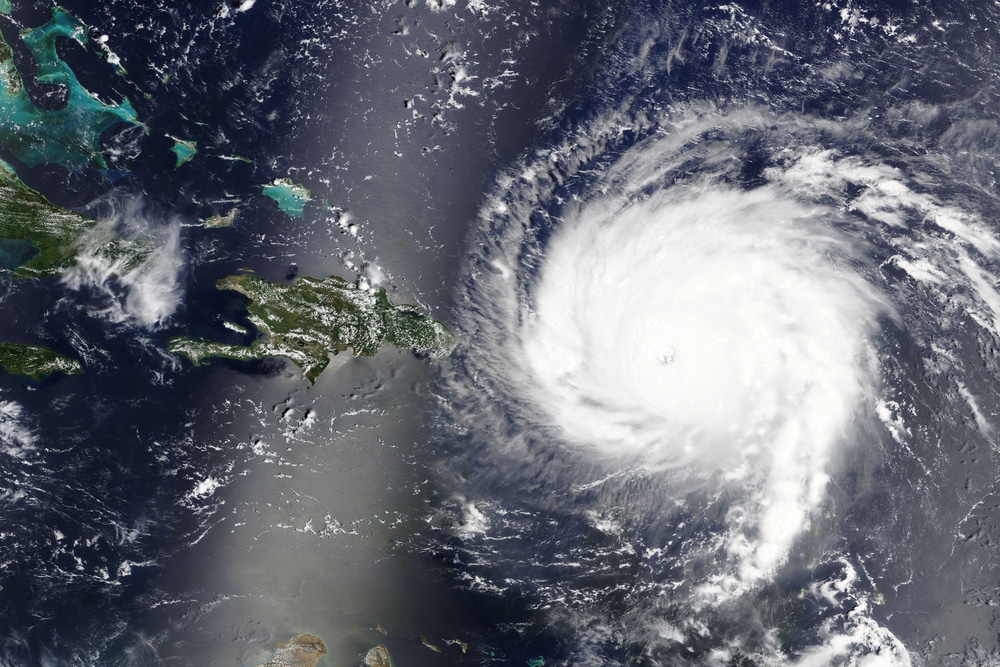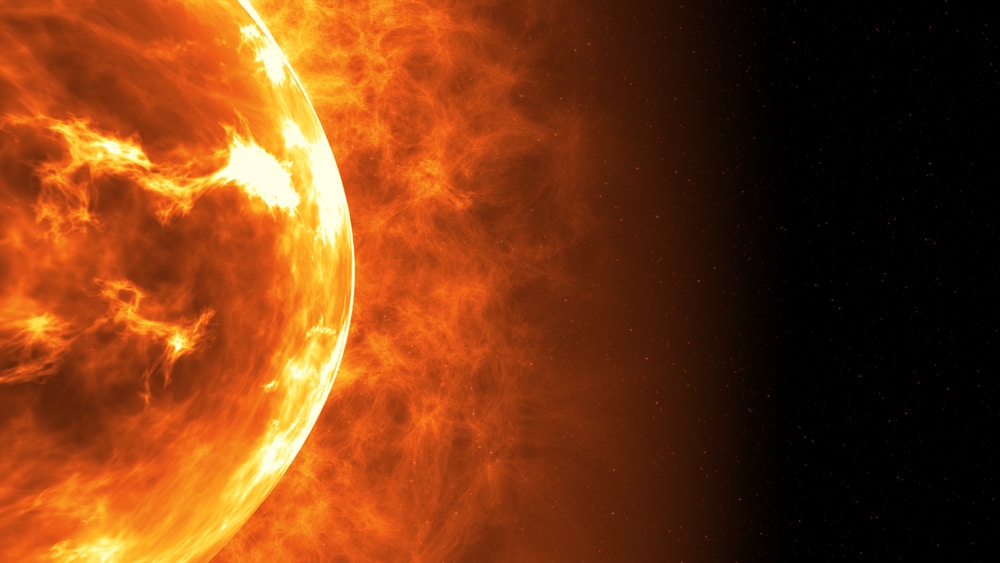(CNBC) – The U.S. this summer has experienced stifling hot temperatures that have set all-time records and put millions of people under excessive heat warnings.
During a historic heatwave in the Western U.S., temperatures in Death Valley, California reached 130 degrees Fahrenheit, a potential record for the highest temperature ever reliably recorded on Earth. Oakland, California reached 100 degrees for the first time ever in August and Phoenix had its highest temperature for the month at 117 degrees.
And on Sunday, temperatures in one part of Los Angeles hit 121 degrees as the state deals with ongoing wildfires. The stifling heat is becoming more dangerous with climate change. One reason is because global heating is not occurring evenly: Lower nighttime temperatures that typically provide critical relief from the hot days are disappearing.
Summer night temperatures are warmer now, and they are warming at a faster rate than daytime temperatures, according to the National Oceanic and Atmospheric Administration. This marks a dangerous and potentially deadly combination of high daytime and high nighttime temperatures that don’t give the human body a chance to cool down during the night.
“Warm nights mean less chance to cool down, exacerbating exposures to high temperatures, particularly for vulnerable people and locations,” said Kristie Ebi, a professor of global health at the University of Washington. In the U.S., heat kills more people than any other weather disaster, from floods to hurricanes.
“Climate change is leading to a dramatic increase in the intensity of heat extremes, and the consequences on human health are already being seen in countries around the world,” said Ben Zaitchik, an associate professor at Johns Hopkins University. READ MORE
















